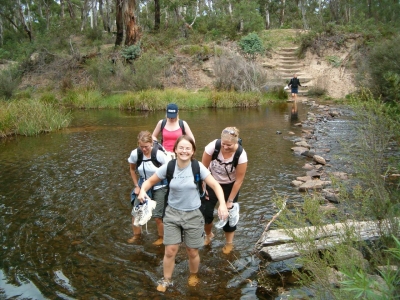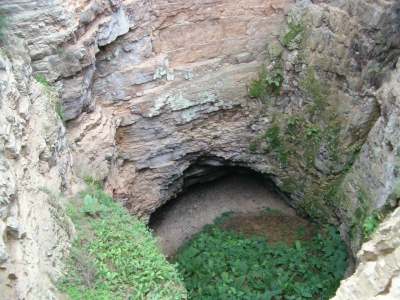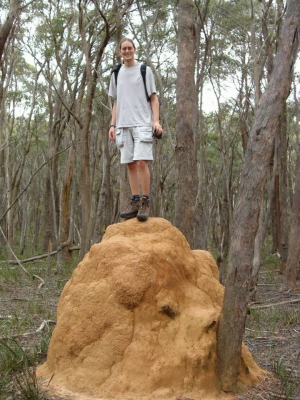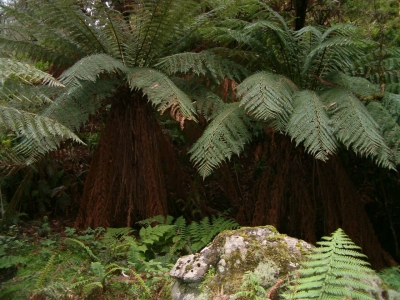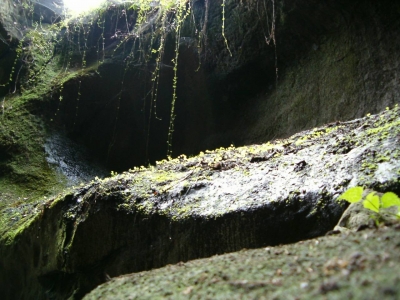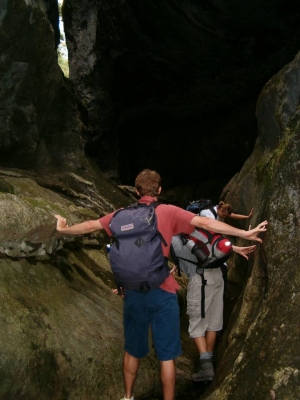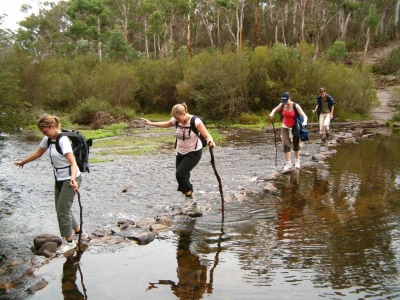I’ve been pretty busy up to now. Thankfully we have a 4 day easter weekend coming up. I intended to go to Sydney but there is an Easter party on Sunday and on monday I may get a double bed from a graduated and departing PhD student. She has been accepted as a post-doc fellow at Oxford! And I wanted to work some more on my website / make a new one so friday and saturday would be good for that. I still need to do some sightseeing in Canberra anyways as well. My house mates will be off to check up with their folks. But that’s not what this post is about. 🙂
I’ve been doing a lot of SEM work lately and yesterday I had my first session operating the Cambidge SEM apparatus. The samples we are using right now are not mine but they are useful because mine will be similar to them. Oxidation of the iron bearing olivine samples, that have been pre-deformed, allow me to image
dislocation lines (as well as grain boundaries) with BSE (electron
backscatter) using the SEM (scanning electron microscope). Oxidation will
increase the average atomic number at edges, dislocations and grain boundaries
increasing the frequency of backscattered events and consequently these areas
show up with a bright contrast. The advantage of using the SEM over the TEM
(transmission electron microscope) is that lower resolutions can be taken to
increase the scanning area and improve upon more representative unbiased
dislocation density measurements. Also sample preparation is much faster for
the SEM than for the TEM. A 10 -12 minute alumina polish (grain size ~0.05μm)
removed most of the oxidized coating on the sample but did not remove the
oxidized dislocations themselves. BSE imaging was done at 20kV and 500pA.
I’ll be trying lower voltages at 5, 10 and 15kV as well. A lower voltage is
preferred because it will reduce the imaging depth of field (DOF) and decrease
the 3rd dimensional component which causes blurs to be visible of features underneath the surface in the
2-dimensional SEM image. The downside is
that because the sample contains atoms of a higher atomic number (Si, Fe, Mg…),
a too low voltage will not force powerful enough elastic collisions with the
atoms and the backscattered electrons will be in a diminished concentration and
consequently only very low contrast images will be obtained. Low contrast images
may or may not be useful. That’s what I’ll be determining on next Wednesday when I’ll be using the ‘new’ Hitachi 4300 SE/N SEM apparatus rather than the 15 year old Cambridge one. The Hitachi supposedly handles lower acceleration voltages better.
Anyway, there ya go. 🙂 Once I sort out the best method of obtaining SEM images of dislocations in olivine and how to best estimate the dislocation density in the olivine samples I’ll be focusing my attention to torsinal forces oscillation experiments, dislocation annealing and hot pressing.

